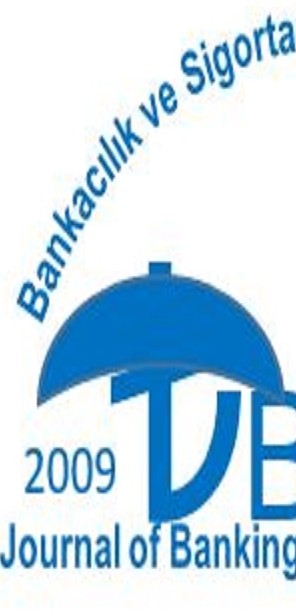Uç Değerler Yöntemi İle Riske Maruz Değer’in Tahmini Ve İstanbul Menkul Kıymetler Borsası Üzerine Bir Uygulama
Finansal piyasalarının kaçınılmaz bir unsuru olan riskin son 30 yılda önemli bir etken haline gelmesiyle, daha karmaşık risk yönetim tekniklerine gereksinim duyulmuştur. Riskin ölçülmesi için iki temel yöntem geliştirilmiştir. Her iki yöntem de istatistikî temelleri olan yöntemlerdir. İlk yöntem riske maruz değer yöntemidir. İkinci yöntem ise kayıp fonksiyonu yöntemidir. Kayıp fonksiyonu yöntemi için dağılım varsayımı kullanılmaktadır. Varsayımda bulunmamak için ikinci yöntem olan Riske maruz değer yöntemi kullanılmıştır. Riske maruz değer, veri anlam düzeyinde bir yatırımın en fazla kaç lira kaybedeceğini gösteren bir yöntemdir. Bu çalışmada riske maruz değer hesaplama yöntemlerinden uç değerler yöntemi kullanılmış ve dalgalanmanın sık olduğu piyasalarda daha iyi sonuç verdiği ortaya konulmuştur. Uygulama olarak İstanbul Menkul Kıymetler Borsası-100 gerçek verileri kullanılmıştır.
Anahtar Kelimeler:
Riske Maruz Değer, Uç Değerler Teoremi, Frechet Dağılımı
Estimation Of Value At Risk With Extreme Value Theory And An Application On Istanbul Stock Exchange
Risk management has become more important factor in financial markets within 30 years. Therefore, more complicated risk management tools are needed. There are two main methods of measuring the risk. Both methods have statistical basic facilities. First method is measuring value at risk. The second one is loss function method. Loss function method needs an assumption of any distribution. Because of not using distribution assumption Value at risk method is used. Value at risk is defined as a threshold value such that the probability that the mark-to-market loss on the portfolio over the given time horizon exceeds this value (assuming normal markets and no trading) is the given probability level. In this study the extreme value theorem is used to measure value at risk and at high volatilities, it is discovered that this method gives better solution than other methods. In application Istanbul stock exchange-100 data is used.
Keywords:
Value at Risk, Extreme Value Theory, Frechet distribution.,
___
- BENNINGA, S. - WIENER, Z. (1998) Value-at-Risk (VaR), Mathematica in Education and Research , 7 ,75-92
- CHAN, K.F., GRAY, P., (2006),Using extreme value theory to measure value-at-risk for daily electricity spot prices, Science Direct, 283-300.
- CHOUDRY, Moorad, (2006), An Introduction to Value at Risk, John Wiley & Sons, Inc., USA.
- COLES, S. (2001), An Introduction to Statistical Modeling of Extreme Values, Springer-Verlag London Limited, Great Britain.
- FISHER, R.A., TIPPET, L.H.C. (1928) Limiting Forms of the Frequency Distribution of the Largest or Smallest Member of a Sample, Proceedings of Cambridge Philosophical Society, 24, 145-158.
- GENÇAY, R., SELÇUK, F. (2004) Extreme value theory and Value-at-Risk: Relative Performances in emerging market, International Journal of Forecasting 20, 287-303.
- HO, L.C., BURRIDGE, P., CADLE, J., THEOBALD, M. (2000) Value-at-Risk: Applying the extreme value approach to Asian markets in the recent financial turmoil, Pacific-Basin Finance Journal 8, 249-275
- HOLTON, Gleyn. .A., (2003), Value at Risk-Theory and Practice, Academic Press, Inc, London.
- LONGIN, F.M. (2000) From Value at Risk to Stress Testing: The Extreme Value Approach, Journal of Banking and Finance, 24, 1097-1130
- ISSN: 1309-1859
- Başlangıç: 2010
- Yayıncı: Ankara Üniversitesi
Sayıdaki Diğer Makaleler
